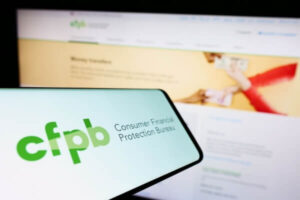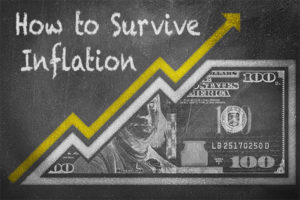Credit Card Balances, Delinquency Rates Inch Up in Third Quarter
‘Tis the season to begin holiday shopping. With the promise of amazing deals on Black Friday just two days away and the opportunity for online shopping on Cyber Monday, this is the time of year when consumers begin spending their hard-earned money on gifts and celebration. It’s also a time when Americans notoriously choose credit over cash at the register.
Credit Card Debt Creeps Up
While the holidays always bring an increase in sales, a TransUnion report indicates consumers actually began racking up additional credit card debt during the third quarter. This increase also indicates more outstanding debt than during the same period one year ago. TransUnion determined these facts as part of its continuing series of quarterly analyses of Americans with credit card debt, using its national consumer credit database that consists of 27 million anonymous consumer records randomly sampled.
According to Trans Union, the average credit card debt per borrower increased 0.50 percent from the second to third quarter. It also grew nearly 5 percent on a yearly basis, up from $4,762 in Q3 2011 to $4,996 in Q3 2012.
At the same time, TransUnion reports Americans are being less diligent about making their scheduled credit card payments. The national credit card delinquency rate — the rate associated with borrowers past due 90 or more days — grew from 0.63 percent in Q2 2012 to 0.75 in Q3 2012. Last year, the rate was 0.71 percent in Q3.
Trend is Similar to 2011
Ezra Becker, vice president of research and consulting in TransUnion’s financial services business unit, said the credit card delinquencies follow a pattern similar to last year, with decreases during the first two quarters followed by a jump in the third quarter.
Becker believes the seasonal consistency is encouraging. “Credit card debt trends in 2012 also are mirroring 2011, with a decrease in the first quarter followed by two increases over the next six months. With both delinquencies and debt levels remaining quite low relative to historical norms, we are confident in the continued stability of credit card usage patterns in the short term,” Becker said in a TransUnion release.
In spite of the increase in late payment rates, Becker said trends have not changed much from last year. Consumers are said to be more conservative in their spending overall, she said, and are making an effort to reduce balances while maintaining good credit.
Holiday Spending and Bank Leniency
The increases in spending and delinquency could be attributed to seasonal factors. Traditionally, cardholders use their credit during the holidays and pay the balances down during the spring. Consumer spending typically increases again in summer when people may be taking vacations, and in the fall when preparing children for school.
In addition, some analysts believe the increase in credit card debt could be due to banks issuing credit cards to more American consumers, even high-risk borrowers. Banks are said to be competing for top-rated consumers, who are not requesting additional credit. Newly issued bank cards rose 3.1 percent in the second quarter from last year, with nearly 30 percent given to consumers with a nonprime credit score in the third quarter, meaning credit was extended to people with lower credit scores.
Concerns for Future
While some analysts believe the increase in credit card use reflects improved confidence in the economy, others are concerned about what the increase in credit card borrowing will mean long term, especially with additional holiday spending on the horizon. The opportunities for an increase in delinquencies also loom with more high-risk borrowers gaining access to credit.
Sources:
- TransUnion. (2012, November 19). Credit Card Delinquency Rates, Balances Rise in Third Quarter [Press release]. Retrieved from http://newsroom.transunion.com/press-releases/transunion-credit-card-delinquency-rates-balance-0955737#.UKztWuTon84
- Associated Press. (2012, November 21). Las Vegas Sun.


















